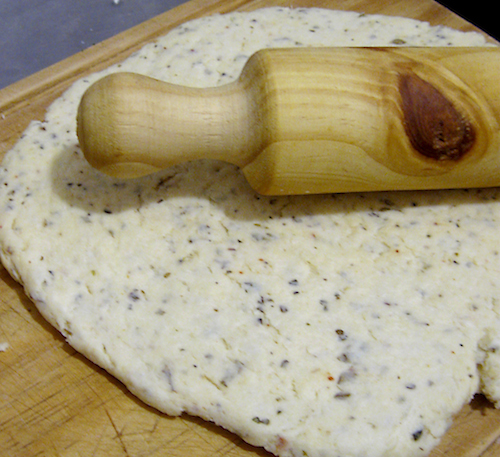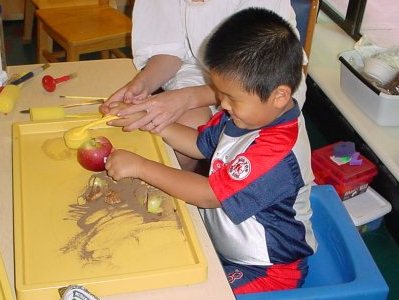
Resource
Motor Activities Checklist to Encourage the Development of Pre-Braille Skills
This checklist looks at the fine motor and tactile discrimination skills of children who are blind or visually impaired to help to determine their readiness for braille.
Children with visual impairments need to develop their fine motor skills through a variety of activities to increase strength and coordination needed to learn braille. This checklist provides a sequence of the pre-requisite fine motor skills:
Activity – Grasp
1. Palmer Grasp
- Squeezing toys
- Squeezing playdough / clay
- Taking objects out of containers
- Drawing
- Sanding
- Using a pastry cutter
- Using a hole puncher
- Pushing pop beads together
2. Thumb and Fingers Grasp
- Stringing beads
- Holding paper for cutting
- Using crayons / pencil / paintbrush
- Using glue sticks for art projects
- Pinching playdough / clay
- Using pegboards
- Building towers with blocks
- Painting with paintbrush
- Turning pages of a book
- Paper weaving
- Putting shapes into a shape sorter
- Sorting paper clips and small items
- Buttoning, zipping and snapping
3. Pincer
- Popping bubble wrap
- Picking up small objects
- Tying bows
- Sewing cards
- Stringing beads
- Putting pegs in pegboard
- Putting clothes pegs on edges of boxes
- Using an eyedropper
- Turning knobs on a wind-up toy
- Putting coins through a small slot
4. Release Grip
- Giving an object on request
- Stacking activities
- Sorting activities
- Placing objects in containers
Activity – Wrist Flexibility (takes places from wrist with stable arm)
1. Recognition of 3D Objects
- Matching of everyday objects
- Sorting objects – large familiar objects – by size shape
- Sorting objects – small familiar objects – by size shape
- Stacking activities / boxes / blocks / beakers
- Bead stringing / Thread large beads onto something rigid – e.g. dowelling Thread beads onto thick firm thread – e.g. plastic washing line
- Thread small beads onto shoe lace
- Trace holes made by hole puncher, (child makes pattern with hole puncher then traces the pattern.)
-
Assembling nuts and bolts
-
Using twist ties
-
Turning volume knobs on radio
-
Manipulating lids on and off jars / tubes
-
Mixing food in a bowl
-
Using wind-up toys
-
Turning door knobs
-
Pour from one container to another
Activity – Bilateral Hand Use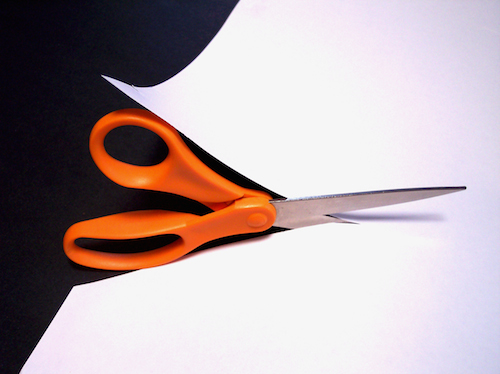
- Stringing beads
- Pulling tape off roll
- Tearing paper
- Twisting lids on and off
- Cutting paper
- Using a hole puncher
- Sanding
- Using a ruler to make lines
- Holding container with one hand and placing an object into with the other hand
- Stabilizing toy with one hand and using other hand to play with the toy
- Pushing together and pulling apart pop beads
- Finger painting
- Rolling snakes and ball with playdough / clay
- Attaching paper clips to paper
- Tracing round an object or stencil
- Holding paper with one hand stapling with the other
- Stabilising bowl whilst stirring
Activity – Hand and Finger Strength
- Crumpling paper
- Placing clothes pegs on edges of cans and jars
- Stretching rubber bands
- Manipulating play dough
- Squeezing glue bottles
- Using stapler held in hand
- Using stapler by pushing
- Using rolling pin
- Using a hold puncher
- Hammering
- Pushing together and pulling apart pop beads
- Sponge painting
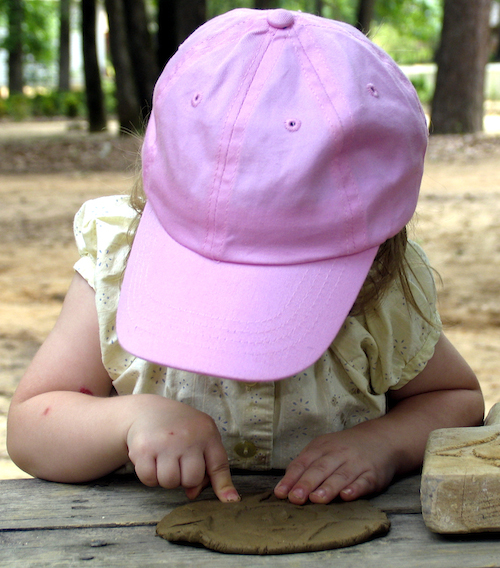 Activity – Finger Isolation
Activity – Finger Isolation
- Make finger prints in playdough/clay
- Pushing buttons on toys
- Playing musical instruments
- Tracing around stencils with fingertips
Activity – Light Touch
- Place counters inside the squares of Braille graph paper and have the child move fingers across them so lightly that they are not moved outside the squares
- Place cotton balls beneath the child’s fingers and have them move across the page
- Move counters on a surface by touching them lightly
Activity – Tracking
- Track along lines of counters, beads, buttons and pasta, differentiating between and feeling for requested button shape or odd one out.
- Track across lines of yarn, string, ribbon, straws, wikki stix
- Finding longest, shortest, track down page using scissor action
- Track across lines of Braille cells picking out odd one out.
- Tracking from left to right across like symbols which follow closely without a space
- Tracking from left to right across unlike symbols which follow closely without a space
- Tracking from left to right across like symbols which have one or two spaces between them
- Tracking from top to bottom over like symbols which follow closely without a space
- Tracking from top to bottom over unlike symbols which follow closely without a space
- Tracking from top to bottom over like symbols which have one blank space between them
- Tracking from top to bottom over unlike symbols which have one blank space between them
(developing the skills of recognizing and discriminating between shapes using the pad of both fingertips.)
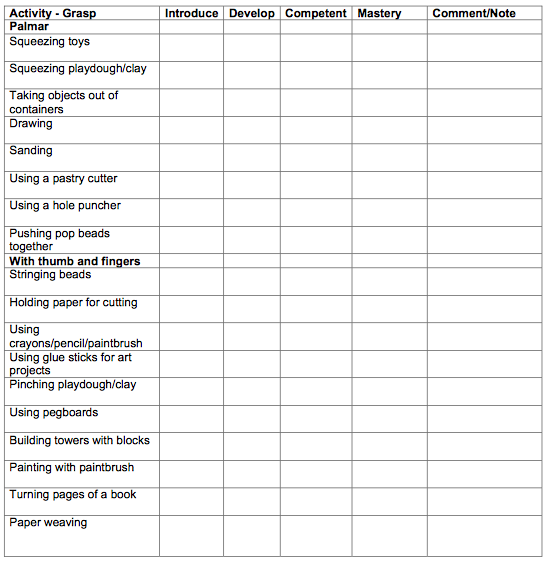 Activity – Tactile Discrimination
Activity – Tactile Discrimination
- Sorting large 3D objects (hand size) By different characteristics: shape, size, textures, Cool/warm
- Sorting smaller 3D objects By different characteristics: Shape, Size, Texture, Cool/warm
- Sorting small 2D objects (less than hand size) By different characteristics: Shape, Size, Texture
- Sorting smaller 2D objects (with finger tips) By different characteristics: Shape, Size, Texture
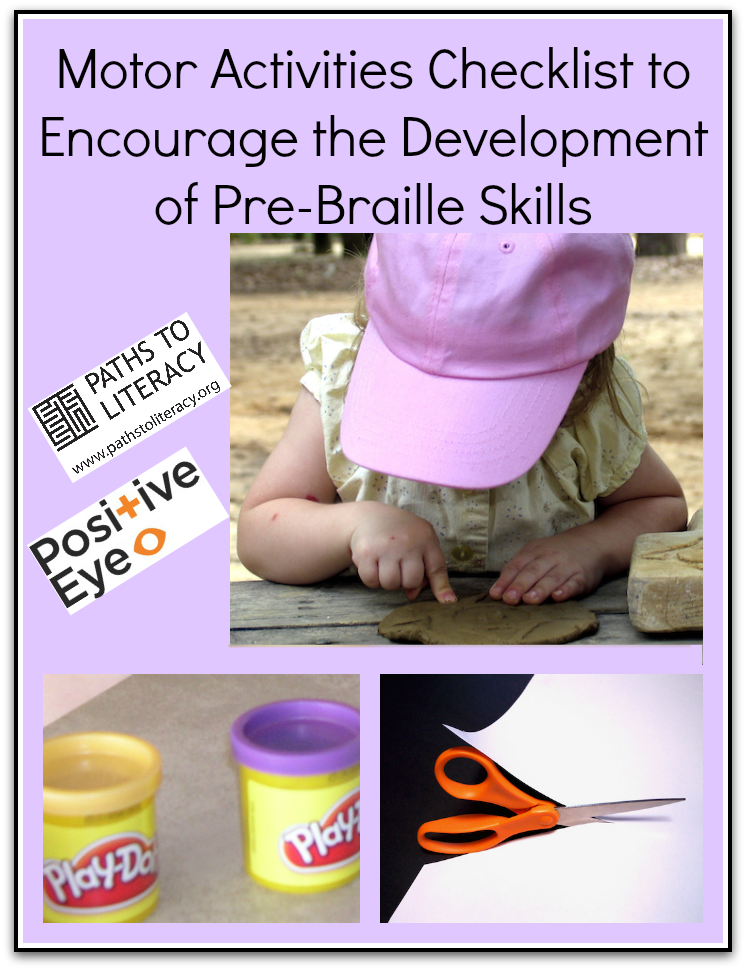
There are more shared ideas at https://positiveeye.co.uk/

